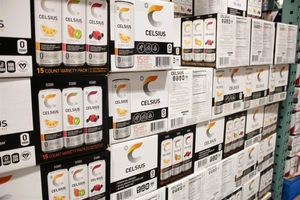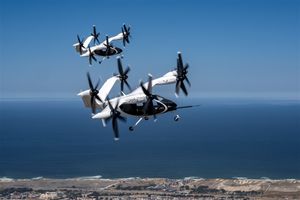Water feature success hinges on choosing the right circulation system. Two distinct pump categories serve backyard ponds, each engineered for specific purposes that often get confused during the selection process.
Understanding these differences prevents costly mistakes and ensures optimal performance for years.
What Sets These Pump Types Apart
Circulation-focused systems move massive water volumes at low pressure. The goal centers on maintaining water quality through consistent movement rather than creating visual displays. These workhorses typically handle 1,000 to 5,000 gallons per hour depending on pond dimensions and filtration needs.
Display-oriented pumps work differently. Higher pressure generation creates impressive spray patterns and dramatic water shows. Head height capability becomes crucial here - water must travel vertically against gravity while maintaining consistent spray formation.
Think of it this way: one type keeps water healthy, the other makes water beautiful. The pressure requirements tell the whole story. Gentle circulation won't disturb fish or plants, while forceful pressure overcomes wind resistance for stunning aerial displays.
Matching Pump Function to Water Feature Goals
Pond health drives circulation pump selection. These systems partner with filtration equipment to prevent stagnation and maintain oxygen levels throughout the water column. The pump becomes part of a larger ecosystem management strategy.
Visual impact motivates fountain pump choices instead. Property owners want jaw-dropping centerpieces that transform ordinary water into landscape focal points. Spray characteristics matter more than volume moved.
Some installations combine both approaches successfully. Large ponds often benefit from separate systems - one handling filtration duties while another creates spectacular displays without compromising either function.
Technical Specifications That Matter Most
Flow rate calculations vary dramatically between applications. Pond health requires complete water turnover every 1-2 hours. A 2,000-gallon pond needs circulation equipment rated for 2,000-4,000 GPH minimum.
Fountain sizing follows different math entirely. Head height ratings determine maximum spray elevation, while nozzle selection affects pattern complexity. Most residential installations require 6-15 feet of vertical pumping capability.
Energy consumption adds up quickly with continuous operation. Variable-speed circulation pumps adjust output based on seasonal demands, reducing electricity costs. Efficient fountain pumps maintain consistent performance during extended daily runtime without breaking the budget.
Installation Approaches and Practical Considerations
Circulation equipment typically installs inside skimmer boxes or dedicated chambers. This placement provides maintenance access while protecting mechanical components underwater. Intake screens block debris that could damage impellers or reduce flow rates.
Fountain installations offer more flexibility. Floating units sit directly on the water surface, requiring minimal setup. Fixed installations might use underwater placement or external mounting, depending on desired spray patterns and maintenance preferences.
Cold climate operation creates different challenges for each pond pump type. Biological filtration systems often run continuously to preserve beneficial bacteria colonies that crash during shutdown periods.
Fountain equipment usually gets winterized completely since ice formation destroys spray components and pump mechanisms.
Making Smart Equipment Decisions
Clear objective definition simplifies pump selection considerably. Pure water quality maintenance points toward circulation-focused equipment. Dramatic visual enhancement suggests display-oriented systems instead.
Many successful installations incorporate both pump types strategically. This approach addresses all functional requirements while creating stunning aesthetic results that satisfy every water feature goal.
Professional installation guidance proves valuable for complex projects. Experienced contractors understand GPH calculations, electrical requirements, and maintenance accessibility factors that determine long-term satisfaction and reliability.
Proper planning prevents the frustration of inadequate performance or excessive operating costs that plague poorly designed water features.
Media Contact
Company Name: Fountain Tech
Email: Send Email
Phone: 1-(800)-319-3854
Address:2351 Thompson Way, C2
City: Santa Maria
State: CA 93455
Country: United States
Website: https://www.fountaintechpumps.com/







